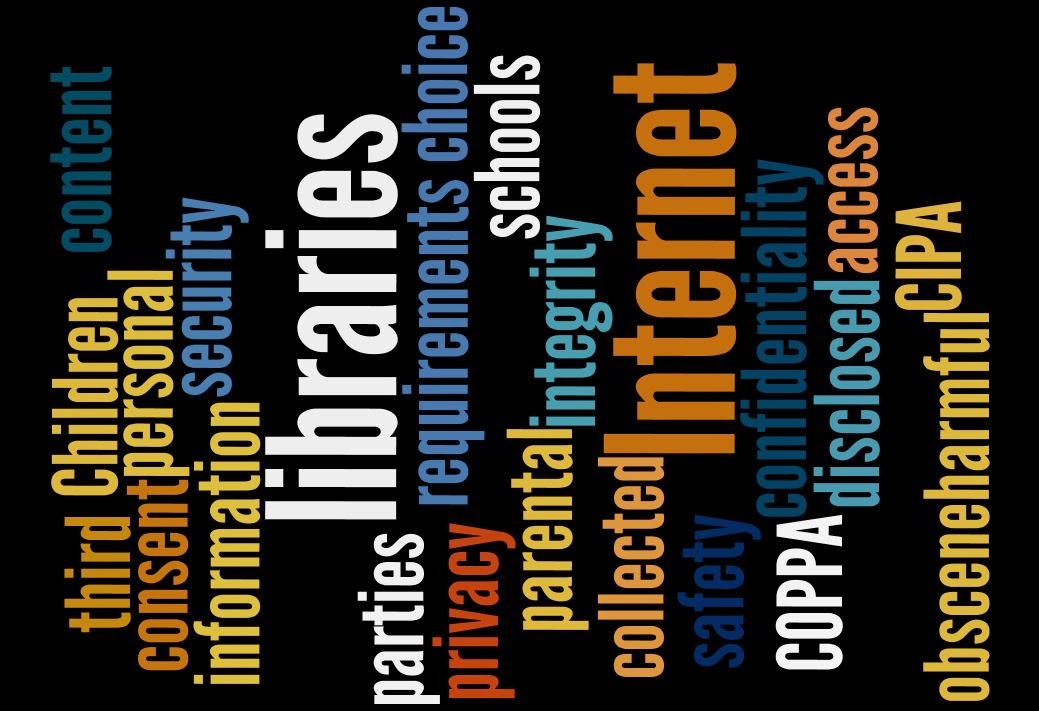| Can't we be friends? |
Technology Awareness
Technology needs to be more than just a gadget in the classroom. Reading some articles or promotional material, it would seem that technology is the magic bullet that can truly fix education. While there is a natural draw for many of the "digital natives" (sorry I couldn't pass that one up), gadgets themselves aren't the answer. Educators need to drive students to see possibilities up the Bloom highway of Taxonomy. Presenting opportunities to create, invent, relate, and collaborate are precisely the skills demanded by modern companies. These skills, combined with a healthy dose of learning self awareness (knowing how one learns best) gives students a better chance toward future success.
A body at rest...
Many people are familiar enough with Newton's laws of motion to know how the statement above ends. I feel that this is also preventing the effective adoption of technology on a large scale in education. When a person or institution feels comfortable and things are going reasonably well, there is little impetus for change. There needs to be some external or internal mechanism. This is exactly what our text, The Connected Educator by Nussbaum and Beach, advocates. The general premise of the reading is for educators interested in technology will be the change that public education needs to evolve and remain relevant into the 21st century. It does this in two significant ways:
Technology integration is tough for many of us, but it puts us firmly in the role of student (and for some of us, it has been quite a while). It is unfamiliar, often uncooperative, and amorphous. Using it can be downright frustrating! It put me back in touch with what students must feel sometimes. Working with technology also gave me a sense of accomplishment. While I am no hacker, I feel far more confident in my skills for making a blog site, telling a digital story, or even making a web quest. In the end, it reaffirms my own commitment to life long learning. Is it fair to ask students to go where we may not be willing?
It is also a call to action by invested and committed professionals. The key is not just for one person to bring back skills to their own classroom. Rather, it is about sharing what goes on in one's classroom. It is about connecting with others who are willing to collaborate. It is about fostering relationships that can carry innovation beyond the four walls of a classroom into the larger school community.
To Infinity and Beyond
When discussing how to find those like-minded people to exact change, where does one go? Why, look to the tools we would ask our students to use for collaboration. Most any program or app that allows one to interact with many people could be considered a Web 2.0 product. I use Twitter as a medium to communicate with people interested in team happenings. I get feeds about happenings in education, and if I find an article or concept of interest, I may share it with colleagues on Pintrest. My current favorite is Diigo. It not only is a great tool to gather information for one's own research, it can be shared or followed so that you can harness the information others have already found. The best classrooms have groups of people working toward understanding, sharing, and growth of all. Diigo has the ability to take this concept, but expands it from the classroom to a much larger space.
Waterloo?
"What, sir? You would make a ship sail against the wind and currents by lighting a bonfire under her decks? I pray you excuse me. I have no time to listen to such nonsense."
- Napoleon Bonaparte to Robert Fulton, upon hearing of the latter's plans for a steam-powered engine on a vessel.
History is full of examples where someone just did not recognize opportunity. In some cases, it had dire consequences. The advancements of technology in our society are just too great. Nearly every occupation has been struck by the technology tsunami. Working at a fast-food restaurant? You need to be able to work a register. Oh, and if you want fries with that, the fry machines are electronic too. Auto mechanics hook up diagnostic computers so the car can tell the mechanic what ails it. Even farming and agriculture has gone hi-tech. It only makes sense that to prepare students for their futures, we enhance exposure and familiarity in technology. Since we can't predict the winds of technology, we should teach them how to learn, think, and imagine the possibilities.







